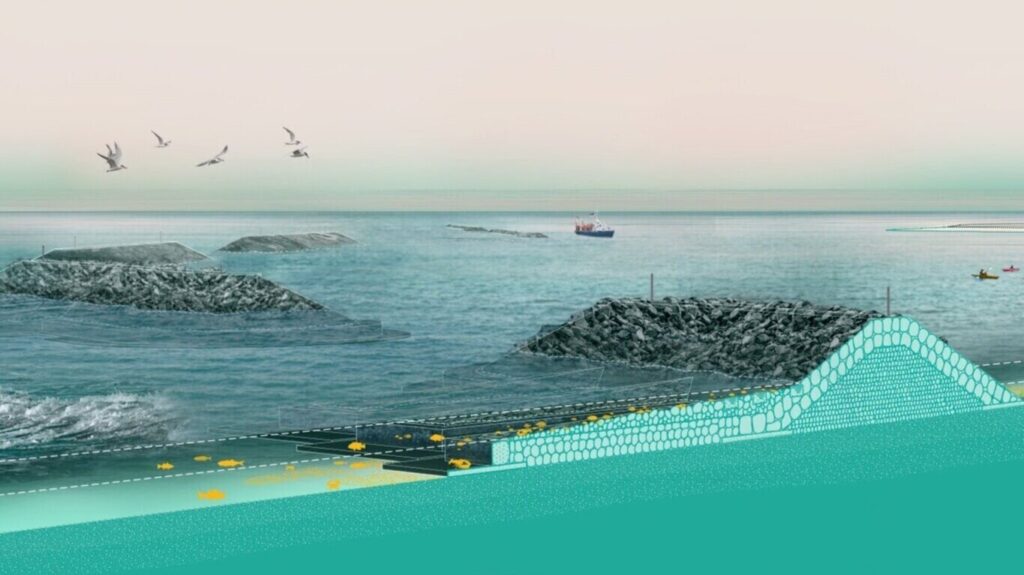
ESSIC Visiting Associate Research Professor Ariana Sutton-Grier has a new paper out alongside co-authors from UMD and other international organizations. In the study, titled “Innovations in Coastline Management With Natural and Nature-Based Features (NNBF): Lessons Learned From Three Case Studies”, researchers discuss three case studies on innovative coastal resilience projects in the US that use natural and nature-based features: 1) Living Breakwaters in New York Harbor; 2) the Coastal Texas Protection and Restoration Study; and 3) the South Bay Salt Pond Restoration Project in San Francisco Bay.
All three case studies began with innovative project funding and framing that enabled expansion beyond a sole focus on flood risk reduction to include multiple functions and benefits. They also each involved stakeholder engagement and incorporated feedback into the design process.This allowed the researchers to identify common challenges relating to permitting and funding and address these uncertainties. This paper informs and improves future sustainable coastal resilience projects by learning from these past innovations, highlighting the need for integrated and robust monitoring plans for projects after implementation, and emphasizing the critical role of stakeholder engagement.
Sutton-Grier is an ecosystem ecologist with expertise in wetland ecology and restoration, biodiversity, biogeochemistry, climate change, ecosystem services, and nature and human health.
To access the paper, click here: “Innovations in Coastline Management With Natural and Nature-Based Features (NNBF): Lessons Learned From Three Case Studies”.






